Thyroid gland surgery represents the day-to-day life of many specialist surgeons, while, increasingly, patients are seeking treatment options with more interesting cosmetic results.
The transvestibular thyroidectomy, also called scarless surgery, can be performed with the help of common laparoscopic materials, or even the surgical robot.
In this way, it can be reproduced in several centers with less structure, which is why it has spread so quickly. It is the only remote access thyroidectomy technique that can be called "Scarless", because the others have skin scars hidden outside the anterior cervical region, while transvestibular thyroidectomy is performed with three small incisions in the labial mucosa.
Currently there are already more than 1500 patients operated on using this technique in our country, where it is already practiced in most states of the federation. Besides the East, where the technique is already well established, several American centers already offer this option to their patients, such as Johns Hopkins, the University of Chicago, Mount Sinai, and Baylor College of Medicine, among others.
The technique is also routinely performed in centers in other Latin American countries, such as Argentina, Chile, Peru, and Venezuela. To learn and perform the technique safely, hands-on training is fundamental, especially with the use of anatomical parts. This course brings the experience of renowned professionals, pioneers of the technique in Brazil, with the possibility of joining the practice of skills with anatomical parts preparing the student for real surgery and providing a unique experience.
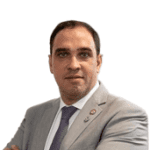


Coordinator



Coordinator
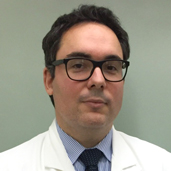


Brazil
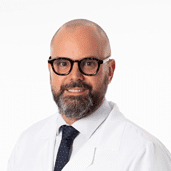


Brazil



Brazil
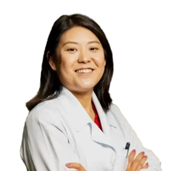


Brazil



Brazil
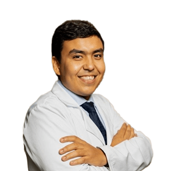


Brazil



Brazil
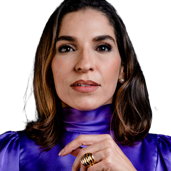


Brazil



Brazil
The training is theoretical and practical and will cover the main themes of thyroidectomy, where methodologies for performing surgeries will be discussed.
All the training will involve uintroducing the student to the world of endoscopic thyroidectomy, developing their skills and preparing them to offer this option to their patients, as well as properly selecting the first cases and overcoming the learning curve with the help of an experienced surgeon.
MODULE 1 - MAXILLARY SINUS SURGERY | |
08:00 -12:00 | ANATOMICAL DISSECTION Maxillary sinus surgery. Ligation of the sphenopalatine artery. Inferior turbinate surgery with lateralization of the nasal wall and pre-lachrymal access to the maxillary sinus. Dacryocystorhinostomy |
MODULE 2 - SPHENOID SINUS SURGERY | |
13:00 - 17:00 | ANATOMICAL DISSECTION Sphenoethmoidectomy Approach to the sella turcica region. Nasoseptal flap with identification of maxillary artery and exposure of lateral sphenoid recess. Endoscopic medial maxillectomy vs. endoscopic Denker approach for the pterygomaxillary region and infratemporal fossa. |
MODULE 3 - FRONTAL SINUS AND ORBITAL SURGERY | |
08:00h - 12:00h | ANATOMICAL DISSECTION Frontal sinus surgery up to DRAF 2 Advanced Frontal Sinus Surgery with identification of first olfactory fillets and Galli crest Orbital decompression with identification of orbital fissure |
MODULE 4 - ADVANCED SKULL BASE ANATOMY | |
13:00 -17:00 | ANATOMICAL DISSECTION Cavernous sinus and internal carotid artery Transdorsal-transellar access Transclivus posterior fossa access Transplanum-transcribiform access |
5 days
10 hours of theoretical lessons
30 hours hands-on practice
01/03/24 - Friday
14:00h - 14:15h | Welcome and presentation of the course to students
14:15h - 14:35h | Why learn TOETVA?
14:35h - 14:55h | Basics of laparoscopic equipment (tower/surgical table)
14:55h - 15:15h | Basic knowledge of Energy
15:15h - 15:35h | Access, trocars and workspace
3:35pm - 3:55pm | TOETVA Step by Step
3:55pm - 4:15pm | Dynamics: Pearls and Pitfalls of Technique
4:15pm - 4:30pm | dry lab briefing
4:30pm - 5:30pm | Dry Lab - white boxes and inanimate models
5:30pm - 5:45pm | dry lab debriefing
5:45 pm - 6:05 pm | Panel: How to select the first cases
6:05 pm - 6:25 pm | Panel: Pre and postoperative: how do I do it?
6:25 pm - 6:45 pm | Panel: How to avoid complications?
08:00h - 08:15h | Video Session: TOETVA 1
08:15h - 08:30h | Video Session: TOETVA 2
08:30h - 08:45h | Video Session: TOEPVA
08:45h - 09:00h | Video Session: central emptying
09:00 - 09:15 | Video Session: TORTVA
09:15 - 09:45 | Panel: How to get through the learning curve?
09:45am - 10:15am | Break
10:15am - 10:30am | Briefing dry lab
10:30am - 11:30am | Advanced Dry lab: sutures
11:30am - 11:45am | dry lab debriefing
11:45am - 12:15pm | Panel: Ethical Aspects
12:15h - 13:15h | Lunch on site
13:15 - 13:30 | Briefing - Practice on anatomical specimens
13:30h - 16:30h | Practice on anatomical specimens
16:30h - 16:45h | Feedback - Practice on anatomical specimens
4:45pm - 5:00pm | Wrap up and Closing
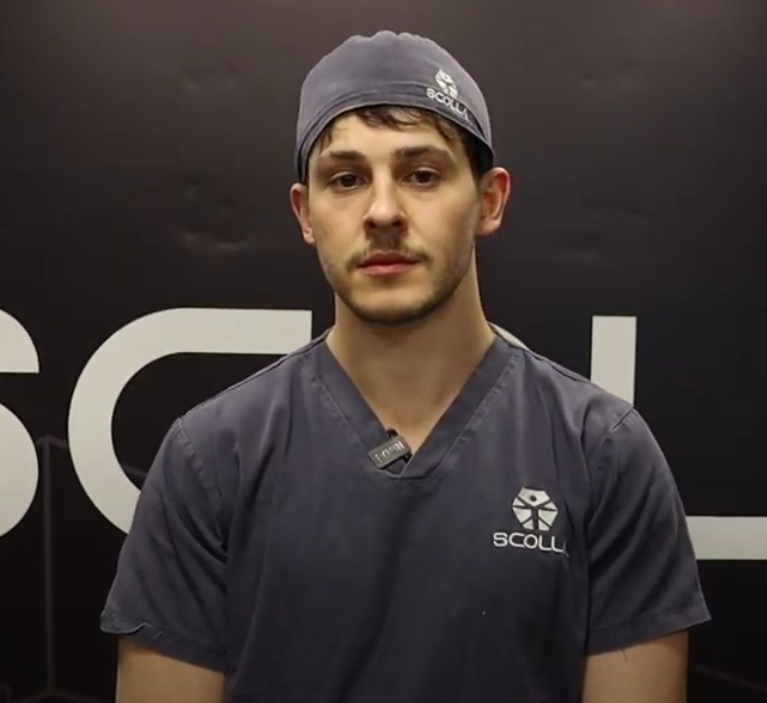

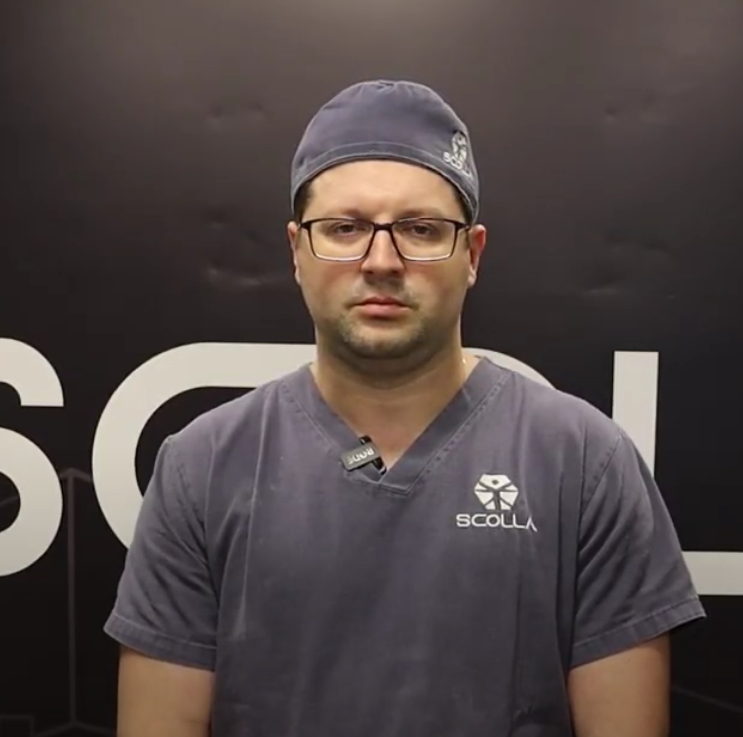

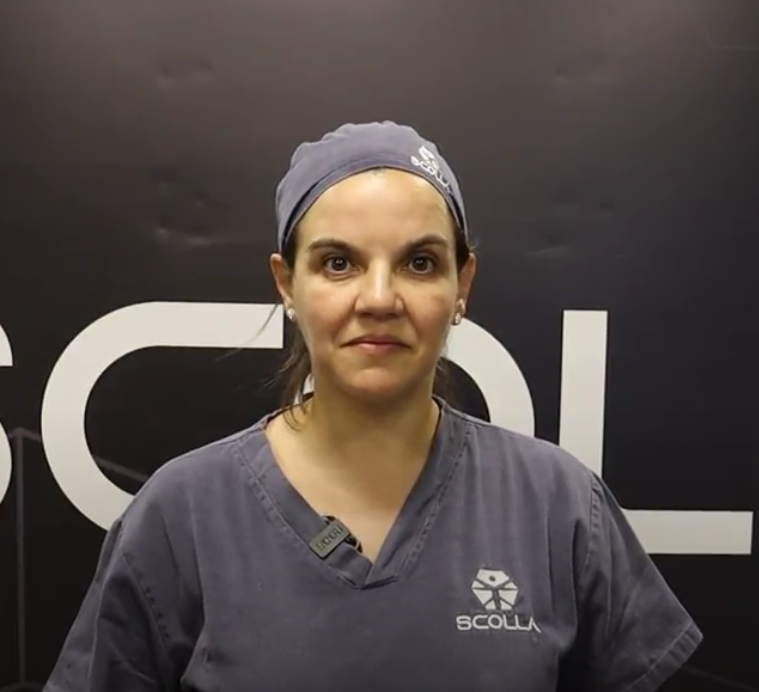

Head and neck surgeons, endocrine surgeons, general surgeons and residents.
Candidates for the course must prove their degree in Medicine (diploma) and medical residency / internship / training (completed or in progress) in a surgical area, and will have this documentation evaluated by the faculty. Only after approval will the registration be released.
Receive our Newsletter
Scolla © - All Rights Reserved
Scolla © - All Rights Reserved